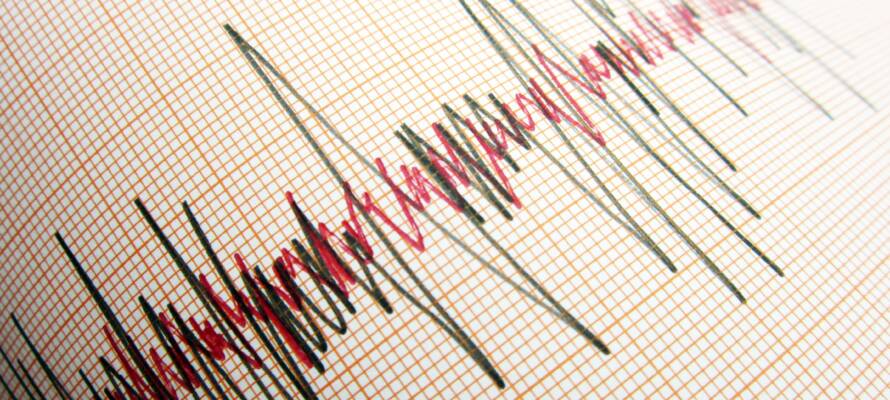No injuries were reported, but residents described a quake strong enough to move heavy furniture.
By United with Israel and JNS
A 3.7-magnitude earthquake was felt in southern Israel on Sunday night, Israel’s Geological Survey said, according to Ynet.
The earthquake was felt in the cities of Jerusalem, Beer Sheva, Dimona, Eilat and Beit Shemesh.
While no damage was reported, residents reported that the quake was strong enough to move heavy furniture.
“My mother and I felt a fairly mild earthquake,” one Jerusalem resident said, according to Ynet. “The bed and the couch moved, and a book fell off the shelf.”
On March 23, the Geological Survey reported a 3.4-magnitude earthquake felt in several localities in the northern and Sharon regions of Israel.
On March 13, a 3.6-magnitude earthquake was felt across northern Israel, sending some residents running for shelter.
There were no reports of injuries or damage, although residents reported buildings shaking.
The tremblor struck at a depth of 18 kilometers (11 miles) in the Hula-Kinneret area, according to the Geological Survey.
The organization registers several quakes almost every week, though few are felt by residents.
In September, in the wake of the tremor that killed more than 2,000 people in Morocco, Israel’s Comptroller Matanyahu Englman warned that the country has failed to prepare for a major earthquake.
The warning came after a report found that 93% of all the buildings awaiting reinforcement in northeastern Israeli cities could collapse if an earthquake of sufficient intensity hits.
Although the Construction and Housing Ministry allocated a budget to reinforce the buildings, only 84 (7%) of the 1,208 structures requiring reinforcement had undergone the process, according to the report.
Israel has scrambled to improve its earthquake preparedness in the wake of the devastating Feb. 6, 2023, quakes in Turkey and Syria that, together with hundreds of aftershocks, killed just over 50,000 people in the former and some 8,500 in the latter.
A 2018 report under the previous state comptroller estimated that a major earthquake could result in 7,000 deaths in Israel, leaving 8,600 persons with severe or moderate injuries, 9,500 people trapped in buildings and 170,000 people homeless. A report from last year found that 600,000 buildings in the country do not meet the standard for earthquake resistance.
Israel is located along the Great Rift Valley, an active fault line that runs from the Red Sea to the Jordan River, along the border between Israel and Jordan. This geologic fault presents several significant hazards for the area, including frequent minor earthquakes and the occasional far more serious seismic events.
Israel has a long history of earthquakes, with a major one occurring approximately every 100 years. The last major earthquake to hit the region was in 1927. That quake, which had a magnitude of 6.2, claimed 284 lives and injured 940 other people. The cities of Jerusalem, Jericho, Ramla, Tiberias and Nablus (Shechem) were heavily damaged.
